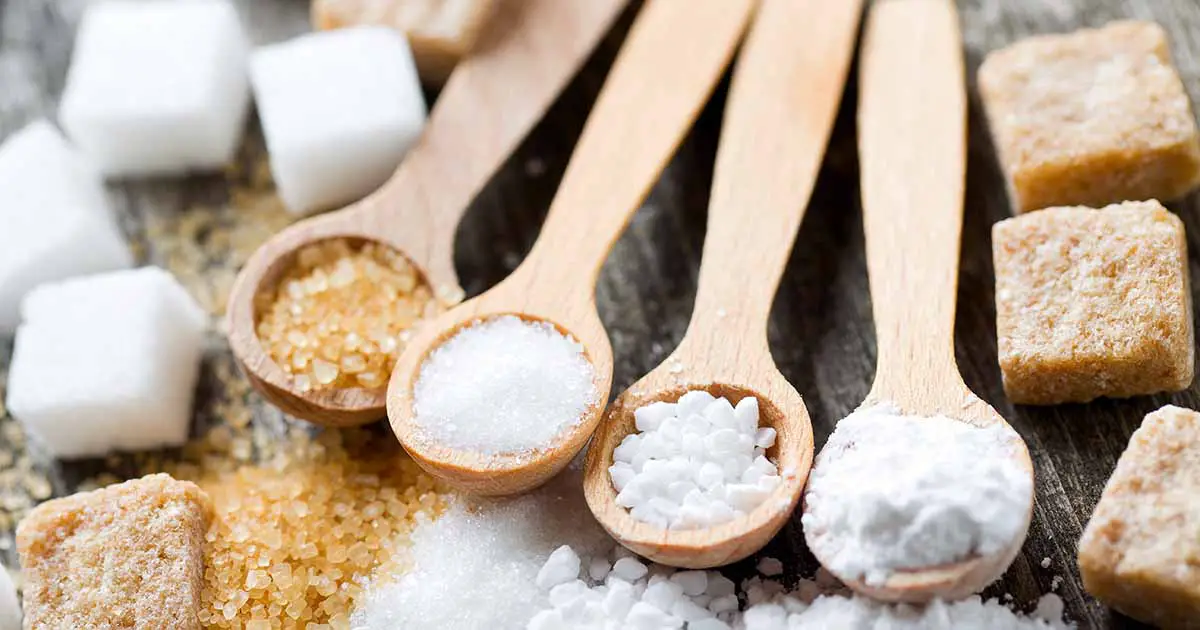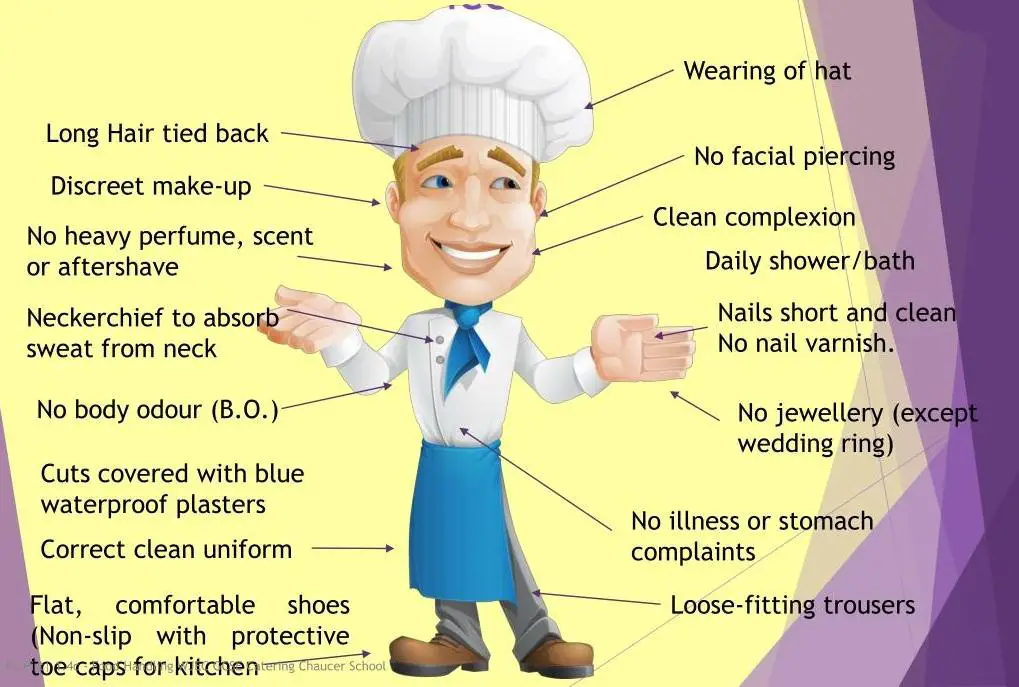
• Cooking aims to see that the food cooked undergoes a physical change, sometimes a chemical change and is acceptable. The object of cooking is to achieve certain results, such as:
• To facilitate and hasten digestion, so that the cooked food is absorbed by the digestive system and subsequently assimilated by the body. This is mostly determined in the manner the food is cooked.
• During the cooking process, it breaks down the cellulose in plant food, softens some of the connective tissues of meat, breaks down and gets starch released. The alteration is brought about in texture by physical and chemical changes, thus assisting mastication.
• A physical change occurs when a substance changes its form, colour or size, but remains that same substance, like water that turns to ice. A chemical change occurs when changes its form, colour, size,
combining to form an entirely new body, e.g. milk changes to curd.
1. Effect of Cooking
The three chief constituents of foods.
A. Protein
B. Carbohydrates
C. Fats
Shows the effects of cooking & is visible in their increased digestibility.
Protein
The protein of meat (myosin), Egg (Albumen), Wheat (Gluten), pulse (Legumin) is coagulated by heat. Avoid high temperatures as the protein hardens, denatures and shrinks, and the food becomes indigestible. The connective tissue
is converted into gelatin which is soluble in water and rendered digestible. The connective tissue is converted into gelatin which is soluble in water and rendered digestible. The proteins biological value is improved by moderate heating.
Carbohydrates
Strach
Starch in food is greatly affected by heat. By moist heat, it is converted first into a soluble form and then by extreme heat into a new substance, sweetish in flavour-dextrin as in the crust of bread. Moist heat causes the starch grains to swell; it gelatinizes at a temperature below the boiling point of water, the degree of heat varying with the kind of starchy food.
Cellulose
The application of moist heat softens cellulose.
Sugar
Sugar when heated in water dissolves, then colours, upon further heating, turns brown and becomes caramel and emits a lovely flavour, but does not crystallize. Moderate heat does not cause much loss of mineral salts and vitamins
except vitamin C.
Fats
If heated to a very high degree for a long time, fats undergo partial decomposition, and fatty acids and glycerol are produced. Glycerol further decomposes to Acer Olin, which is an irritating compound to the digestive system. Cooking pleases the eye and is receptive to the palate and helps to stimulate the digestive juices, thereby creating an appetite. On the application of
heat, the red colouring matter such as haemoglobin in meat decomposes and changes the red colour to brown. Flavours are developed, which stimulate the digestive juices. The colours of the vegetables are brightened. Green vegetables
fast boiled without a lid improve the green colour. Cauliflower, when cooked in acidic medium, gets a white refreshed look.
Cooking sterilizes the food partially.
Cooked food can be stored for a longer time, and it prevents food poisoning and diseases when stored properly. Some of the illnesses producing germs are killed by cooking. A temperature of 60° C (140° F) applied over 30 or more minutes, kills most of the pathogenic microbes. However, there are some spore germs which are not destroyed at a high temperature. High temperature penetrates to the centre of the interior of food, especially in mutton, pork and beef. Cooking retains, as far as possible, the nutritive and flavouring ingredients. The flavour depends upon the amount and kind of extractives present, and the acids developed. Nutrient value is enhanced if the fat proportion in the meat is more. While cooking, the nutrition could be preserved by using the cooking liquor.
Cooking gives a variety to the menu, as one food item could be cooked in various ways and given different textures, e.g. mutton in a soup, roast joint, croquettes, stews, steaks, keema, sookha meat, boti kebabs, etc. different methods of cooking when used, make the menu exciting and enhance variety. It is, therefore, more comfortable to plan a balanced diet. Cooking preserves food for a longer time. The high temperature destroys bacteria and limits spoilage. It is economical as the cooked leftover could be utilized, and exciting new dishes could be prepared.




